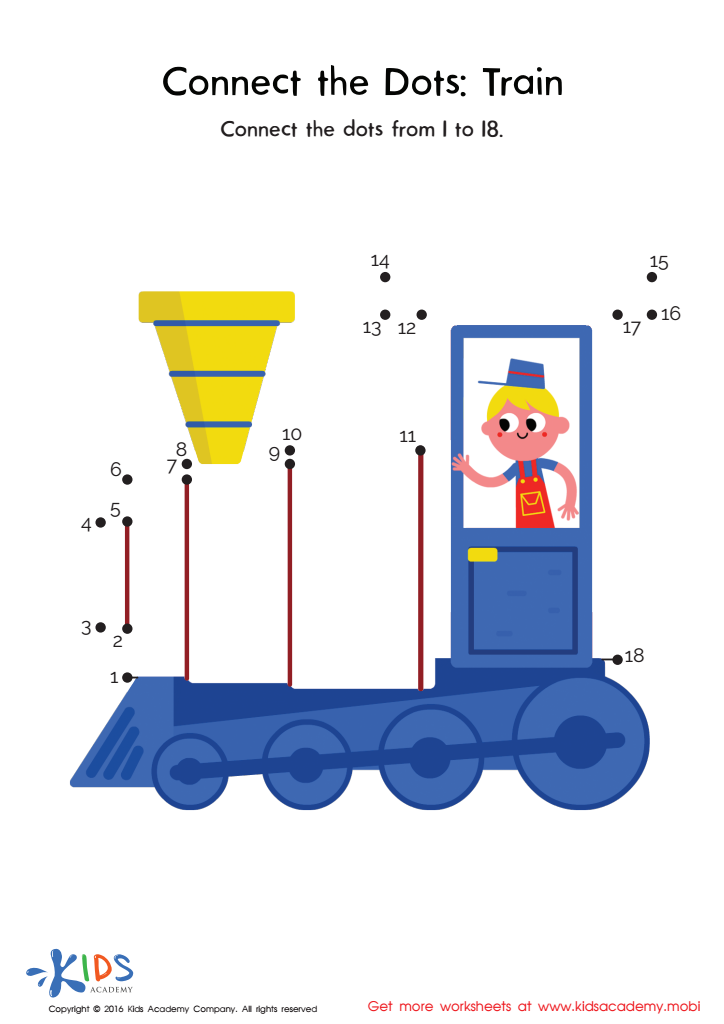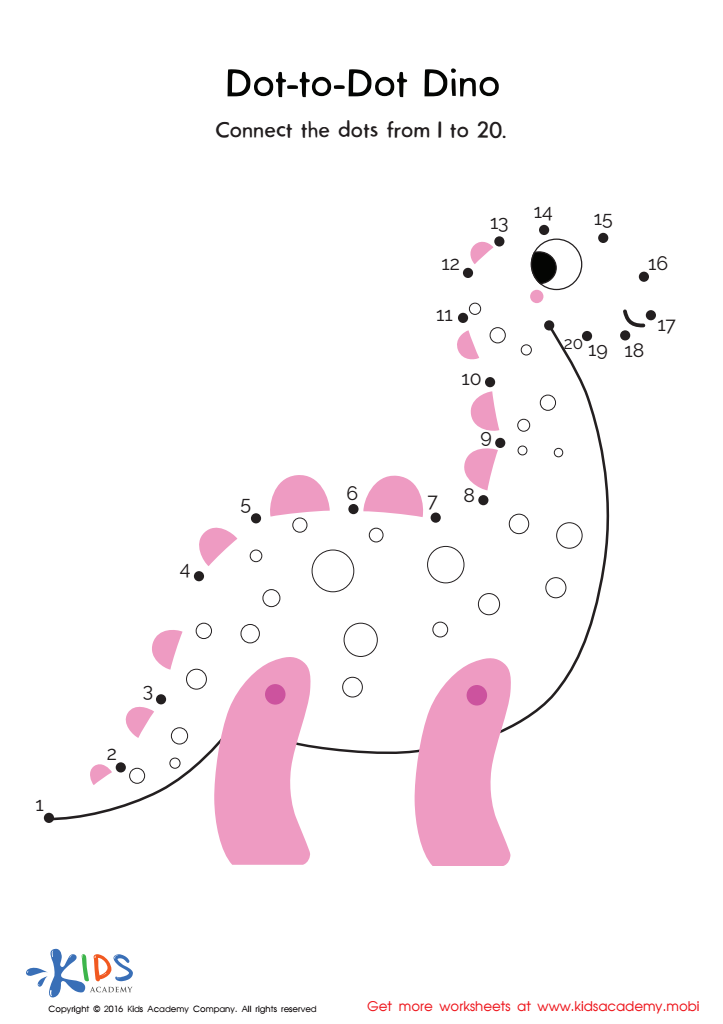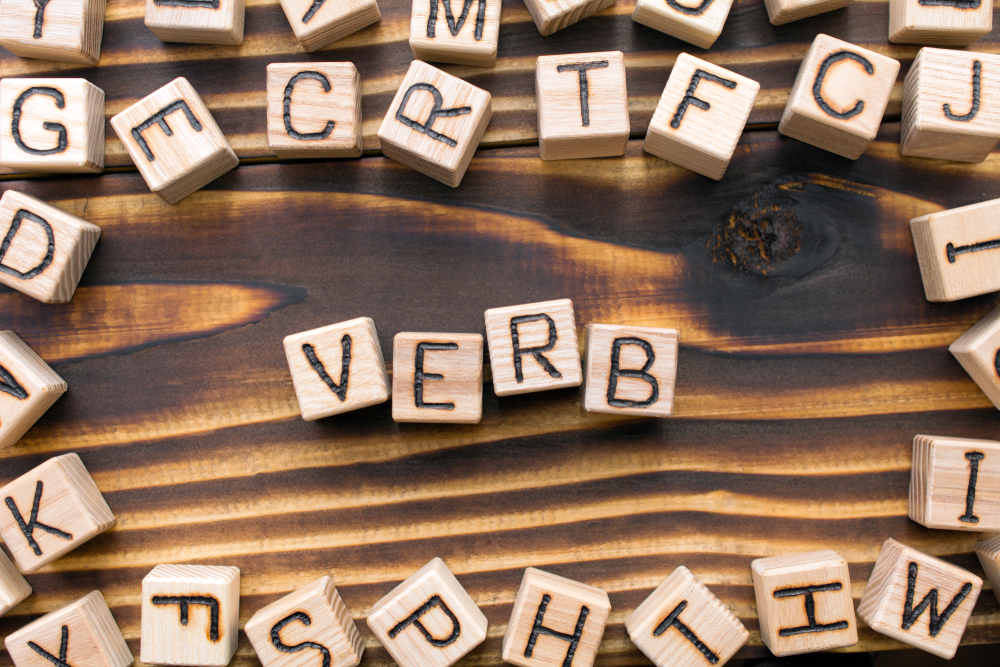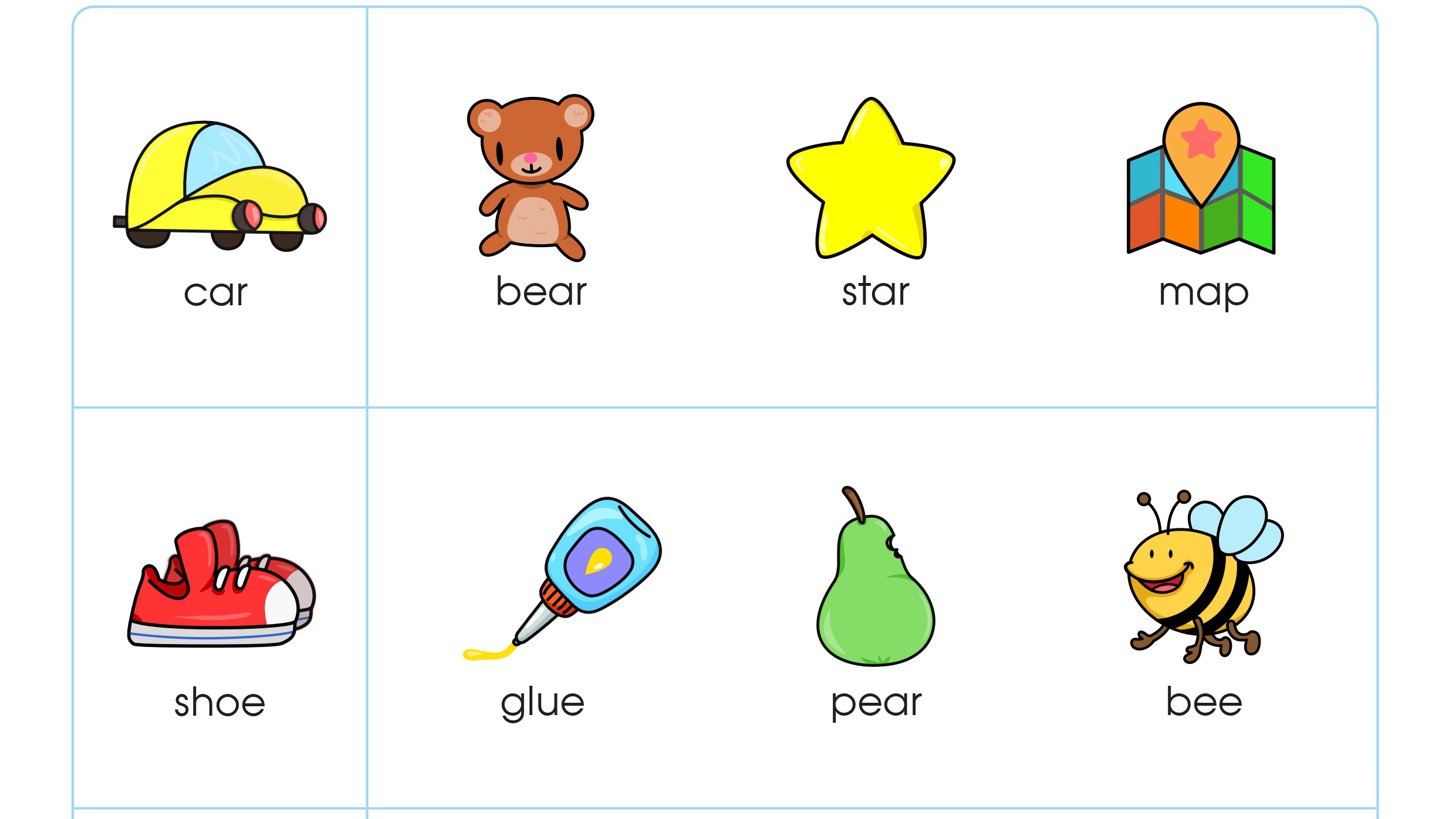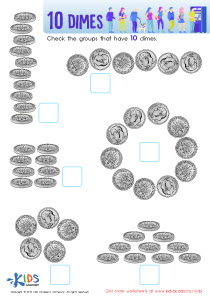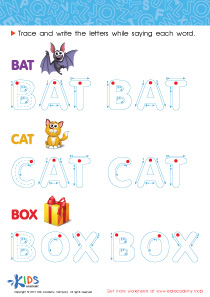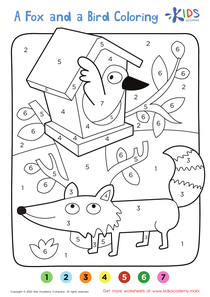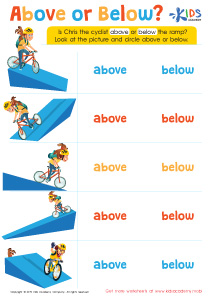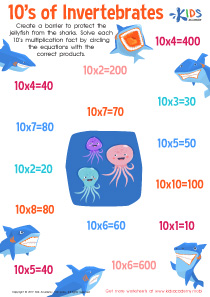Connecting the Dots worksheets activities for Ages 3-4
5 filtered results
-
From - To
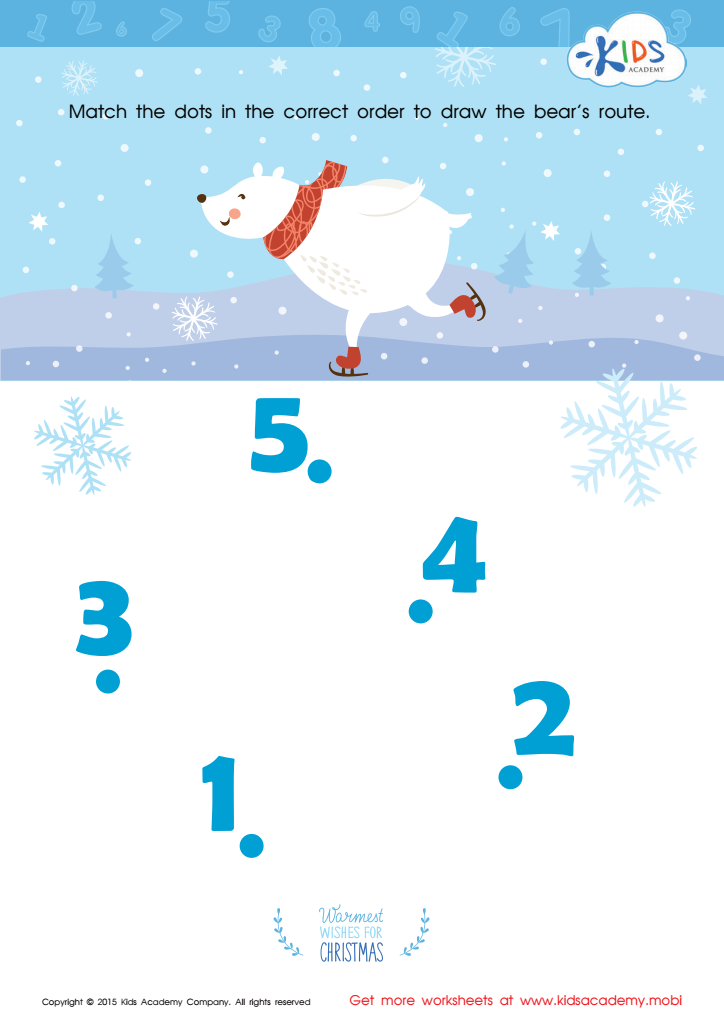

Drawing the Bear's Route by Number Worksheet
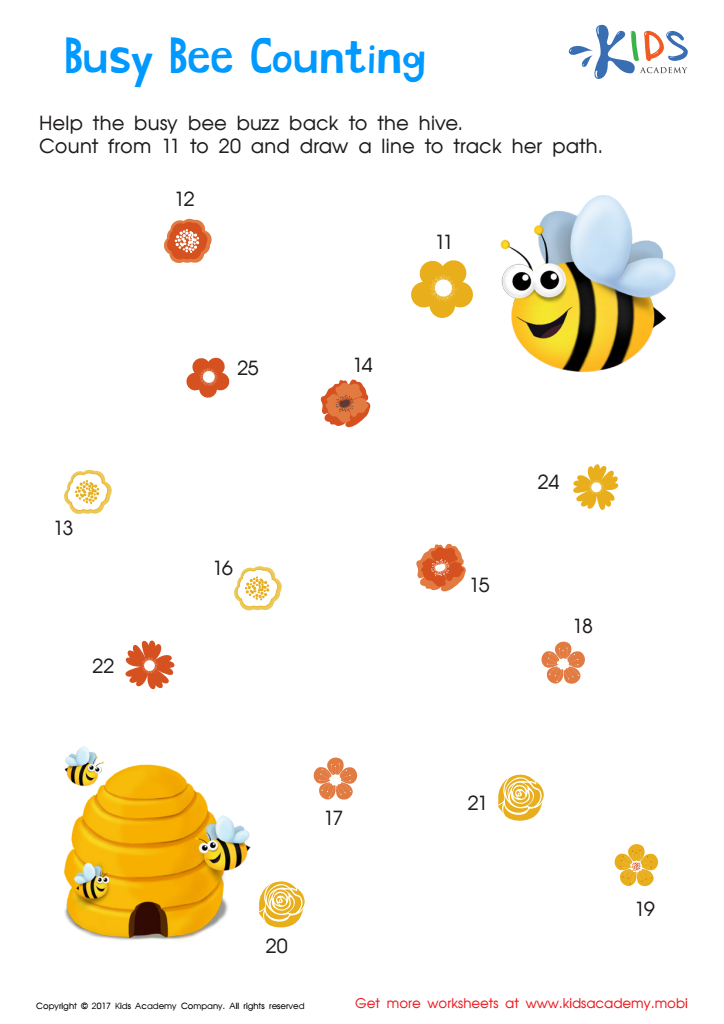

Ordering 11–20: Busy Bee Counting Worksheet
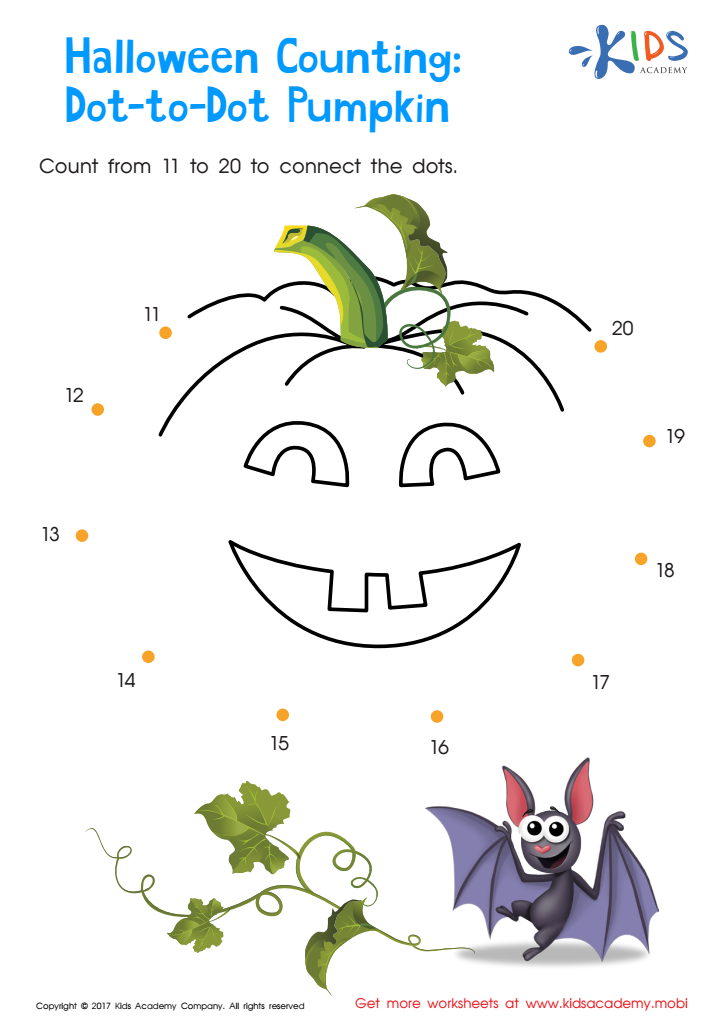

Ordering 11–20: Halloween Counting Worksheet
Connecting the Dots worksheets activities stand out as a remarkable educational tool that provides a multitude of benefits for learners of all ages. These engaging activities not only captivate attention but also significantly contribute to the development of various skills.
Firstly, Connecting the Dots worksheets activities are instrumental in enhancing fine motor skills. As participants join one dot to another, they refine their pencil control and hand-eye coordination. This improvement is particularly beneficial for young learners who are still mastering the art of writing and drawing.
Moreover, these activities foster cognitive development. They require participants to recognize numbers or letters in sequence, which bolsters numerical and alphabetical knowledge. Additionally, solving a Connecting the Dots puzzle demands a level of problem-solving skills and logical thinking, as one must determine the correct path that reveals the hidden picture. This process stimulates critical thinking and encourages learners to apply logic in a fun and engaging manner.
Another significant advantage is the boost in confidence and a sense of accomplishment that comes from completing a puzzle. Connecting the Dots worksheets activities are designed with a clear goal in mind - revealing a hidden image. This tangible outcome provides immediate feedback to learners and rewards their effort, thus motivating them to tackle more challenging puzzles and tasks in the future.
Furthermore, these activities are versatile and adaptable to various educational subjects. They can be themed around history, science, mathematics, or literature, making them a valuable interdisciplinary tool. This versatility ensures that learners not only improve their cognitive and motor skills but also expand their knowledge base across different subjects.
In conclusion, Connecting the Dots worksheets activities are an invaluable educational resource. They offer a unique blend of fun and learning, simultaneously promoting motor skills, cognitive development, problem-solving abilities, and educational engagement. Their versatility and ability to instill a sense of achievement make them an essential part of any learning environment.
 Assign to the classroom
Assign to the classroom
